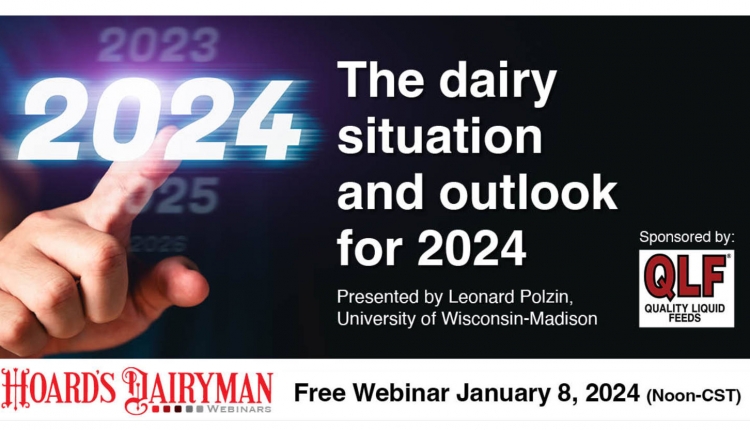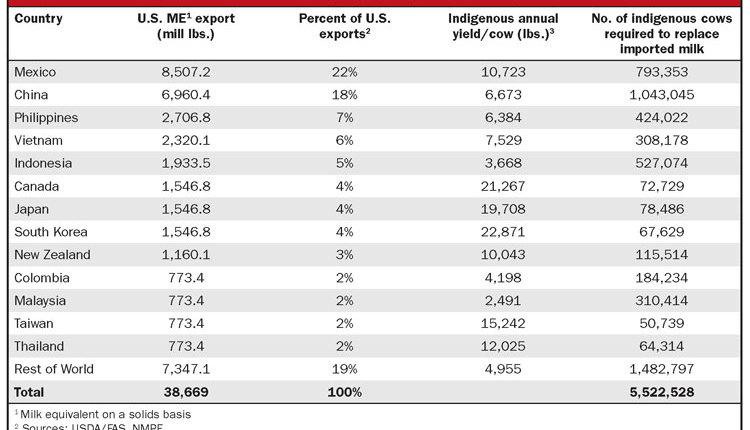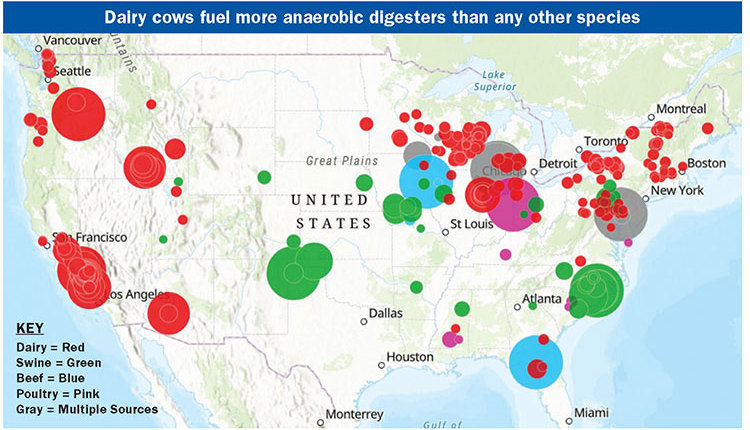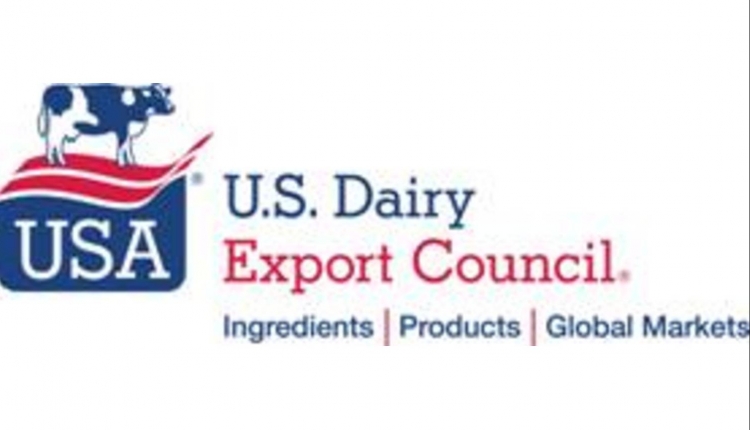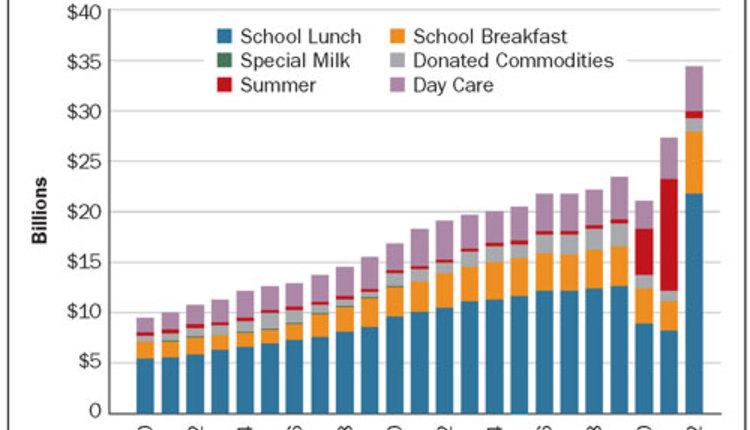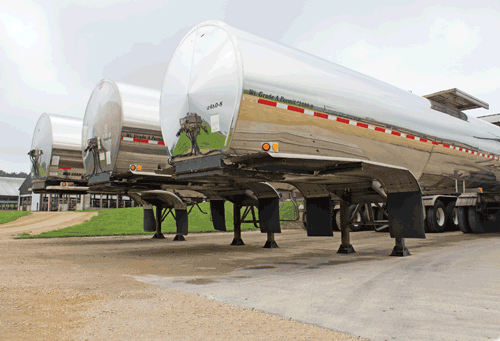
USDA's LGM-D pilot project and NMPF's DPMPP protection proposal
In 2010, the National Milk Producers Federation (NMPF) developed and promoted a new kind of margin insurance that was in many ways inspired by LGM-D (Livestock Gross Margin for Dairy Cattle). The new plan was labeled Dairy Producer Margin Protection Plan (DPMPP). It has since been introduced in Congress as the Dairy Security Act (DSA).
Some analysts have tried to estimate the potential effects of the NMPF plan. This article is much less ambitious. The purpose here is to draw some comparisons between the existing and proposed margin plans and raise questions that may be worth further analysis.
The Congressional Budget Office's (CBO) assessment of the Dairy Security Act introduced last summer suggests that this early version of the DPMPP could cost taxpayers an average of about $70 million per year over a 10-year planning horizon. This expenditure would be for the $4 per hundredweight (cwt.) base margin insurance and is assumed to cover 85 percent of the U.S. milk supply.
This is probably a lower protection level than what participating farmers purchased under LGM-D, but the level of coverages is not reported. On the other hand, the DPMPP analysis assumes that the proposed program applies to the vast majority of the milk supply as opposed to a tiny percentage covered in LGM-D.
For the sake of discussion, let's take a simple look at the premiums and indemnities paid under LGM-D and ramp them up in a very simplistic way to cover 85 percent of the milk supply instead of the actual 2.5 percent.
Based on data since 2008, $45 million in premiums were collected over four years of LGM-D. In total, $1 million in indemnities were paid on less than 2 percent of the milk marketed. If we extrapolate the exact same coverage and premiums for LGM-D to 85 percent of the milk supply, the premiums collected would have been about $1.9 billion with indemnities of $43 million paid to producers. This is a much higher cost than the CBO estimate of $70 million. CBO doesn't report estimates of benefits received by farmers. So, is LGM-D more expensive than DPMPP, or does it pay better? It would be awfully helpful to not have to guess.
Nevertheless, I think this overly simple arithmetic does challenge us to step back. If the $1.9 billion premium cost is plausible as a true and fair cost, it also seems reasonable to think that it would have paid a lot more benefits than are projected for the $4 base plan. Or think about it this way, given that the actual LGM-D indemnities paid since August 2008 equate to $10 million a year on 85 percent of the milk sold . . . then is the CBO projection of a $7 million a year cost for the $4 plan a believable estimate?
Projecting potential premiums
The total premiums under LGM-D equal 51 cents per cwt. The originally proposed DPMPP would allow farmers to obtain $7 margin insurance for 43.4 cents and $7.50 protection for 59 cents per cwt. The subsidized LGM-D premiums charged to farmers in the last two years equates to 28 cents per cwt. This is a bit more than the 23 cents associated with a $6.50 margin under the original DSA plan. It would be interesting to compare how much margin protection farmers purchased for that 51 cents full cost or the 28 cents subsidized cost with the premiums planned for DPMPP.
Whether the fixed margin insurance premiums will be higher or lower in a final bill remains to be seen. There is discussion of discounting premiums for smaller producers, but mounting budget pressure could change that.
Please note, these calculations also exclude any administrative and operating cost (A&O), fees to those who developed each plan, or payments to a reserve fund. The costs are shifted in DPMPP because it would be administered by FSA (Farm Service Agency), not by private insurers through a reinsurance agreement offered by Risk Management Agency (RMA). Of course, there is an administrative and operating cost to running FSA, but it wouldn't be allocated to DPMPP. Also, as far as I know, National Milk Producers Federation hasn't asked for any royalties on their margin insurance idea.
Does this mean that the proposed margin insurance plan is better or worse than LGM-D? These simple, preliminary comparisons are intended to be thought provoking. However, they don't prove anything.
RMA calculates premiums on LGM-D using a very different methodology than the CBO. If the RMA's methodology were applied to DPMPP, it is a certainty that the cost estimate would come out very differently.
Running a program through FSA is clearly different than private insurance, in terms of service and cost. FSA's costs are buried in the overall cost structure of a sprawling government office system. Chances are the level of service available from FSA also would be quite different. The tradeoff between cost and service has been raised in connection with crop insurance. Advocates of private insurers argue that service and product development are superior.
A different aspect of running a program through FSA versus a private insurer is how the money flows. When LGM-D premiums exceed indemnity payments and other costs, the underwriting gain is retained in part by the insurer and in part by the reinsurer (USDA's Federal Crop Insurance Corporation). Meanwhile, if FSA collects more premiums than it pays out in indemnities, the money goes to the U.S. Treasury. By the same token, if indemnities exceed premiums in a given year, the U.S. Treasury would pay the difference.
In terms of coverage, DPMPP doesn't afford the producer as much flexibility when compared to LGM-D. This flexibility includes tailoring the coverage to the milk production and the amounts and types of feed. Also, DPMPP doesn't offer deductibles that bring down the premium cost, but it does offer different levels of margin protection at very different premiums which has a similar affect. If LGM-D offers more flexibility and customization choices, then DPMPP is a simpler program for a producer to understand.
Run your own numbers
Each producer will have a different idea about the relative merits of the two programs. Keep in mind that the current dairy policy proposal does not replace LGM-D or require its elimination. In addition, let's not forget that entirely private risk management tools, including hedging, options, and forward contracting, will also remain available to all producers.
MILC payments started in February. For April to September, futures suggest MILC payments in the neighborhood of $1. If the DSA margin plan was in effect, small payments under the $4 base plan might occur and there would be bigger payments for higher levels of supplemental coverage. Also, it is almost certain that the DMSP (growth management) would kick in and require reductions in milk marketings of up to 8 percent. The specifics are a bit too complex for the space here, but this is an excellent opportunity for producers to figure out their base and potential marketing impacts if this plan were in place now.
